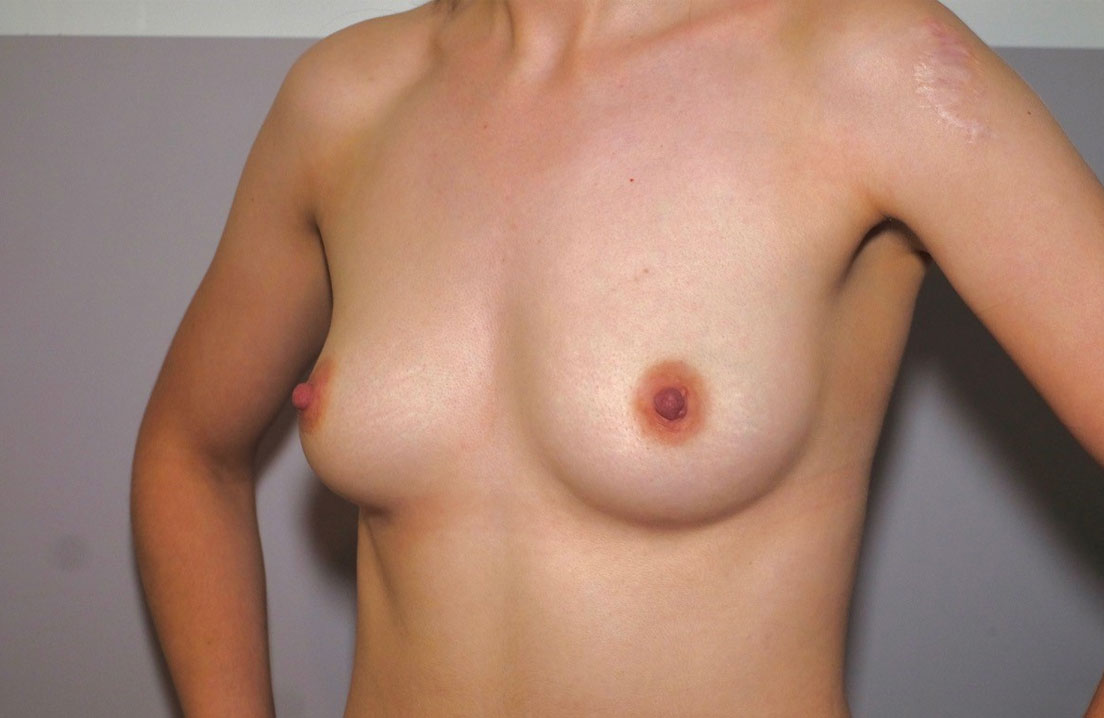About Face Lift
The mid-plane facelift (also referred to as the MACS or Minimal Access Cranial Suspension facelift) is a surgical procedure designed to rejuvenate the lower two-thirds of the face by addressing sagging skin and tissue. Unlike traditional facelifts, the MACS facelift involves smaller incisions (hence “minimal access”), making it a less invasive option with quicker recovery times.
During the mid-plane facelift, Dr Prochazka lifts and reposition the middle (SMAS) plane of the facial soft tissues through limited incisions in front of the ears. Lifting is achieved by plicating the SMAS layer with special “loop” sutures which are then tightened and anchored to the cheek bone in front of the ear. This technique focuses on the midface and jowls, providing a subtle but effective lift without the need for surgical invasion of the deeper facial soft tissues.
One of the key advantages of the mid-plane facelift is its reduced impact on surrounding tissues, resulting in less swelling and bruising compared to traditional facelift procedures. Patients can typically expect a shorter downtime, allowing them to return to their normal activities sooner.
Another key feature of this operation is its creation of more natural vertical lifting vectors (hence “cranial suspension”), compared with older techniques. Facial soft tissues do not sag by sliding sideways – they descend with gravity over time. It makes perfect sense for this process to be reversed via vertical tissue repositioning, resulting in a more natural restoration of youthful facial contours.
As with any surgical procedure, potential risks and complications exist, and individual results may vary. It’s essential for individuals considering a mid-plane facelift to consult with a qualified and experienced doctor before undergoing the procedure. Dr Prochazka has been performing mid-plane facelift since 2008 and has successfully rejuvenated the facial contours of several hundred patients with this type of surgery.



